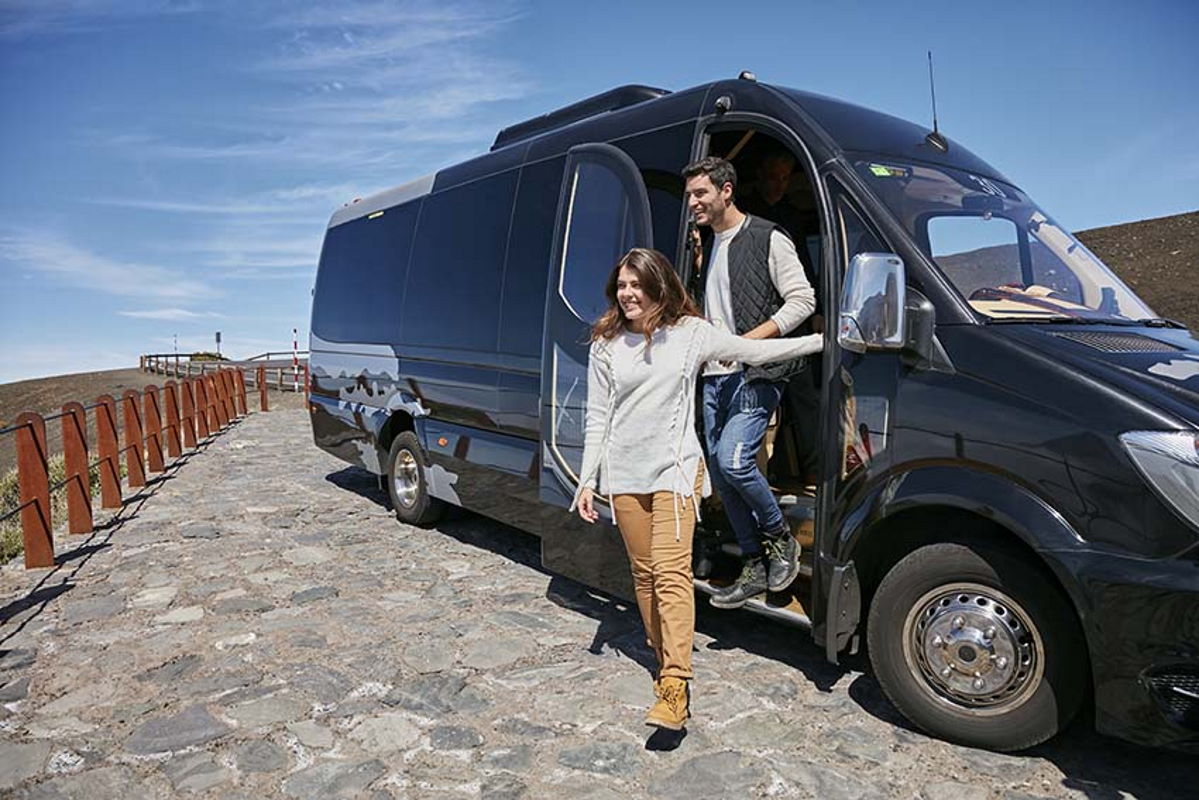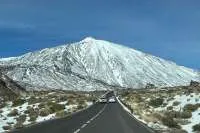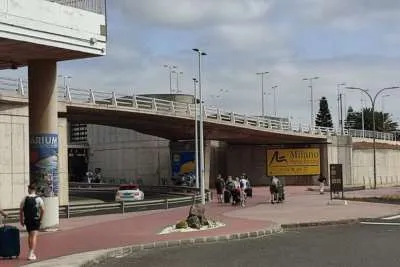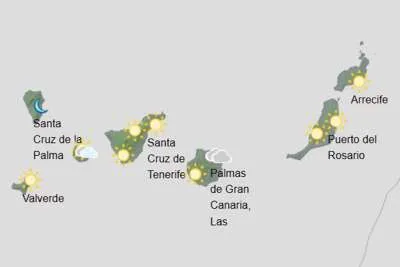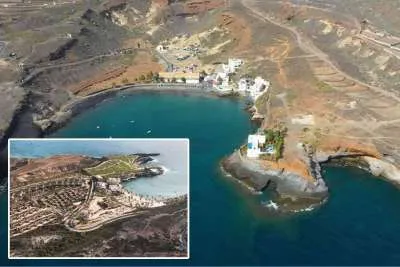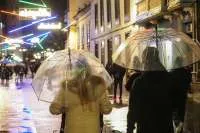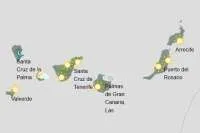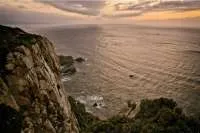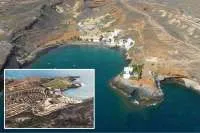New plan to stop cars visiting Teide with only shuttle buses and licenced tours allowed
- 30-08-2021
- Tenerife
- Canarian Weekly
The Ministry of Ecological Transition and Climate Change has presented its new Master Plan for the Use and Management of Teide (PRUG), which involves reducing traffic in the National Park by disallowing cars to enter, and implementing three bus stations that offer guided tours to the protected area. The plan is expected to be approved by the end of the year or early 2022, and its objective is to improve the conservation of the area, which is the most visited in all of Spain, with more than 4.4 million people in the years before the pandemic.
Miguel Ángel Pérez, deputy of the department, said that the intention of this new plan, which has been prepared in coordination with the Cabildo de Tenerife who have the main management powers of the National Park, is to "withdraw private vehicles from the most attractive areas, only allowing shuttle buses and licenced tours”.
For this, three visitor centres are proposed:
One in El Portillo – with an added interpretation centre.
One in the municipality of Guía de Isora at the limit of the park.
One in Vilaflor.
Here, there will be the bases of shuttle buses that will take visitors to the interior of the Park. "The buses that will bring visitors to the areas of tourist attraction of Las Cañadas, will depart from these information centres," says Pérez.
This week a new step was taken with the announcement of the start of the environmental evaluation procedure. Pérez explained that it is a public information process for possible allegations from administrations and individuals for 20 business days from September 1st.
He said that "there are guarantees of environmental protection inherent to a natural space like this, but we wanted to produce the document with an impact report. We intend to develop the evaluation, even in a simplified way, with conditioned access areas, limited parking or visitor centres." He added that he anticipates that this will be the first plan adapted to the regulations in force regarding European legislation and climate change laws. "Following this, we will start to act in the other national parks of the Canary Islands."
The roads to Teide will not close because it is a transit ridge, vital for traffic to both sides of the Island, but it is intended to end the images of large numbers of cars parked on the side of the roads. The bus services will be in permanent circulation with reduced waiting times. It will be possible to drive through with a private vehicle but you won’t be able to stop, only the buses will allow you to visit the National Park after leaving your car in the authorized car parks.
The most visited National Park in Spain:
The Teide National Park is the most visited of all fifteen national parks in the whole of Spain, and in 2019, it received just over 4,400,000 tourists. Its 18,990 hectares of a huge plain in the centre of the island give way to the main attraction: the volcano, which at 3,718 metres is crowned as the highest peak in Spain.
It is possible to approach it through a set of trails or by going up in the Cable Car to La Rambleta at 3,555 meters of altitude. Ascent to the summit of Teide requires a special permit that must be processed through the website of the national parks. It should be remembered that Tenerife has 48.6% of its surface area protected.
One aspect to be improved is the services, that of surveillance, with a recognized shortage of personnel, it is pending to be restructured after the end of the current contract with Tragsa to support the Seprona agents of the Guardia Civil. The Information Office has recently been awarded to the public company Gesplan.


